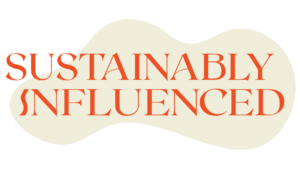7 Highlights from Global Fashion Summit
Besma Whayeb
We’re back from Copenhagen and we have so much to share! For this year’s Global Fashion Summit, Editor-in-Chief Bianca Foley and I were invited along to the annual conference to cover the event. Here’s a peek into what the future of fashion looks like…
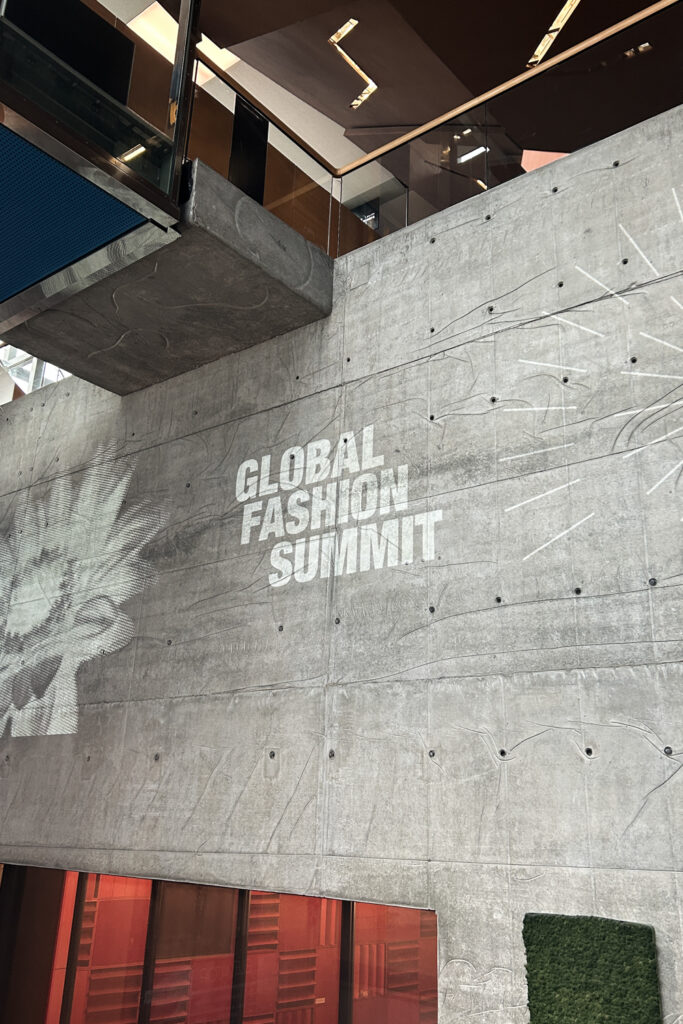
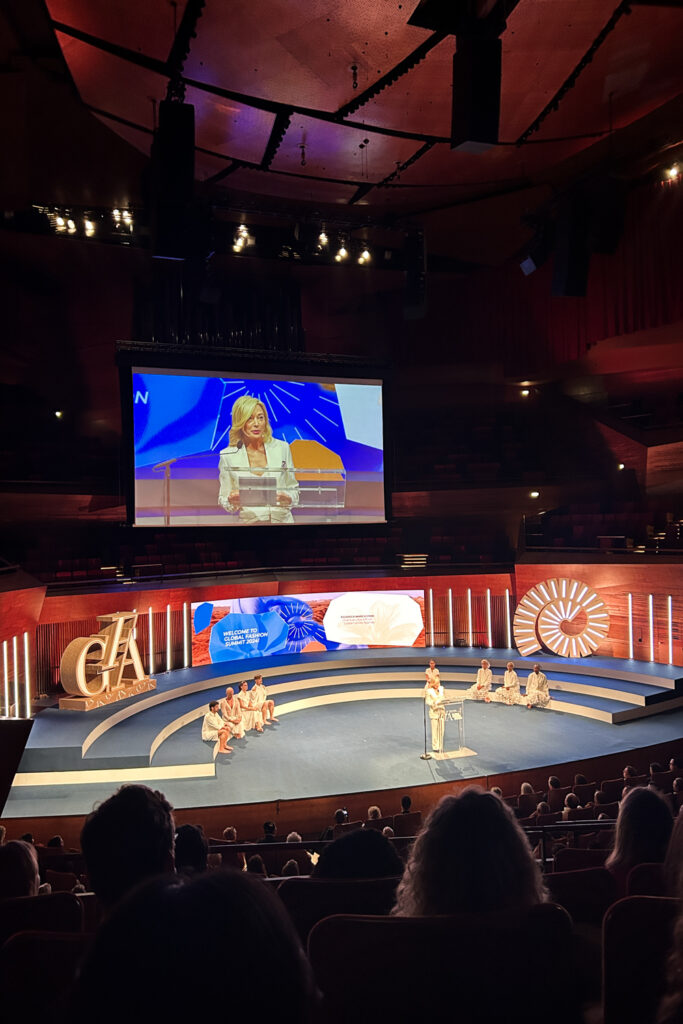
1. The Fashion Police Are Coming...
…And they’re coming for the fashion brands that don’t comply with new regulatory policies around transparency, extended producer responsibility, and sustainability. We were particularly impressed with TrusTrace’s presentation of the new Digital Product Passports that are already being phased in across E.U. member states and the U.K. These nifty QR codes will do more than replace a barcode – they’ll help people to understand the use of a garment across its lifecycle, from who made it, through to what it’s made from, who sold it, who owned it, and how to safely dispose of it.
2. Sustainable Fashion Requires more £££
Global Fashion Agenda Board Member Peder Michael Jorgensen noted that 1-2% of fashion brands’ operating income is invested in R&D, and it’s not enough to make change happen. “You need to make 20 bets knowing 19 will fail.” he put bluntly. While we love sustainable concepts and collections, it’s time to see entire brands evolve.
3. Fashion Isn't Just "Stuff"
Miranda Priestly was right. Fashion shouldn’t be thought of as just a “pile of ‘stuff’”. And Vanessa Friedman, Fashion Director & Chief Fashion Critic for The New York Times made it very clear that fashion brands need to get out of the mindset of only selling stuff, instead touting experiences:
“There are other ways to make money than simply producing more and selling more. You can leverage your position as a tastemaker. You can give access to experiences. We need to free ourselves from the shackles of stuff, and use our creativity to get somewhere else.”
If fashion can find value outside of just products, it can not only reduce its impact, but also promote more sustainable practices, such as rewearing, restyling, repairing, and more.
4. You Might Buy An Ugly Carrot; You Won't Buy An Ugly Jacket
Saying that, Eva Kruse, Executive at Pangaia, was quite correct in noting that sustainable fashion has to perform just as well as mainstream. “You might buy an ugly carrot but you won’t buy an ugly jacket” she noted, to laughter. Sustainability often requires additional cost, and to reduce that, we’ve seen plenty of design corners cut. I’d even go so far as to say many sustainable collections on the high street are purposefully boring. Sustainable fashion still has to appeal to the drivers that make us want to wear clothes, decorate ourselves, and showcase our personalities.
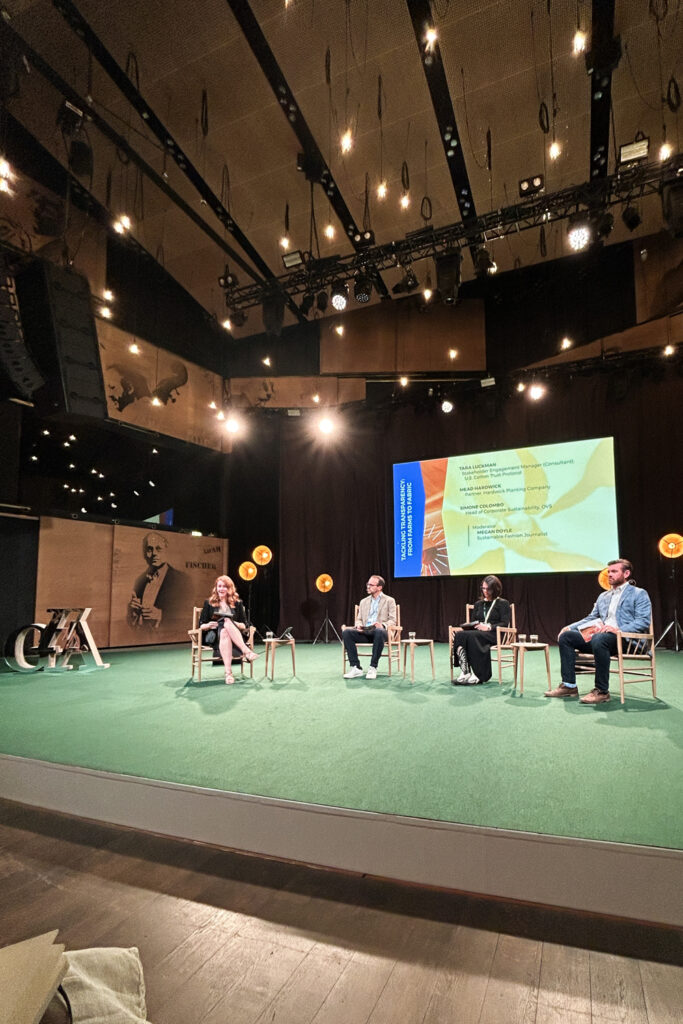
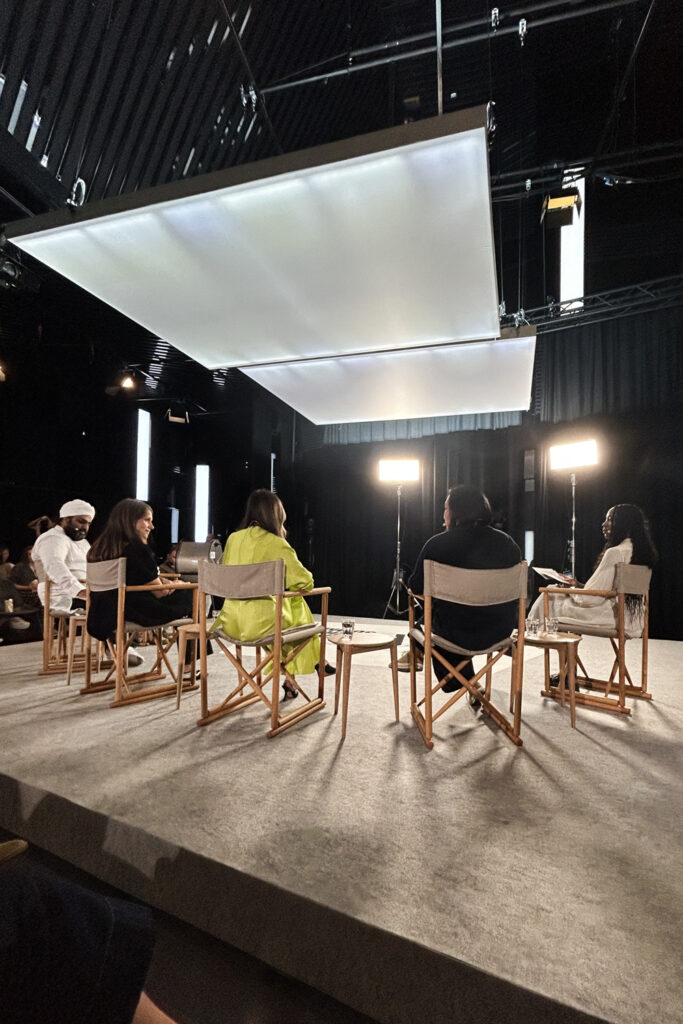
5. Elitism Is Dead
Or at least, that’s what we think. Global Fashion Summit is a very corporate event, with very high ticket prices, and that led to a definite lack of certain voices in the rooms we were in. Having worked in sustainable fashion for almost a decade now, this event felt like it sat more firmly on the side of traditional fashion events, and sadly it brought through some old elitist ways. While it was great to meet people from respected publications and brands (I shook Cecilie Bahnsen’s hand!!) I would have liked to see more youth voices, climate activists, and representation of disabled people and the LGBTQ+ community. Where are the pay-what-you-can tickets? Where are the student tickets?
6. Influencers Play a Vital Role
That being said, it was nice to see influencers being recognised as an important group at this year’s Summit. I was invited to participate in the Impactful Influence Roundtable, where eleven climate, fashion, and sustainability influencers came together to discuss their role in promoting sustainable fashion to their audiences. This was done in collaboration with UNEP, and hosted by Rachel Arthur, author of the Sustainable Fashion Communications Playbook. In short, how can we translate a 102-page PDF incentivising the promotion of more sustainable fashion practices? Wait and see…
7. We Need a Just Transition
Finally, while much of the talk across the two-day event was dedicated to exciting innovations, it’s important to ground ourselves in the bigger picture. Right now, the most pressing issues in fashion are worker exploitation, overproduction, and fashion’s rampant use of fossil fuels. It’s important that these are addressed alongside developing new ideas and innovations, because it lays the foundation of a fashion world we really want to see.
Share This Story
Related Posts

Is Your Home Making You Sick? Why It’s Time to Reset Your Cleaning Routine
Is Your Home Making You Sick? Why It’s Time to Reset Your Cleaning Routine How indoor air pollution and toxic products are harming your health

Did ChatGPT Play a Role in Fueling California’s Wildfires?
Did ChatGPT Play a Role in Fuelling California’s Wildfires? Alice Hartwell Credit: Unsplash Early 2025 headlines were dominated by the devastating wildfires that swept through
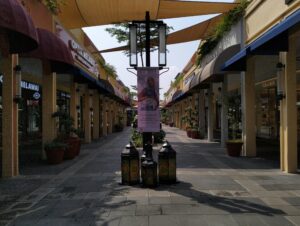
Is Outlet Shopping Actually Sustainable? Let’s Discuss
Is Outlet Shopping Actually Sustainable? Bianca Foley Outlet shopping and discount designer stores have long been the ultimate fashion treasure hunt—scoring past-season gems at a

Sustainable Bakeries to Visit in the UK
(Image credit: Mix Interiors) Sustainable Bakeries to Visit in the UK There’s nothing more comforting than indulging in freshly baked goods. But what if you
